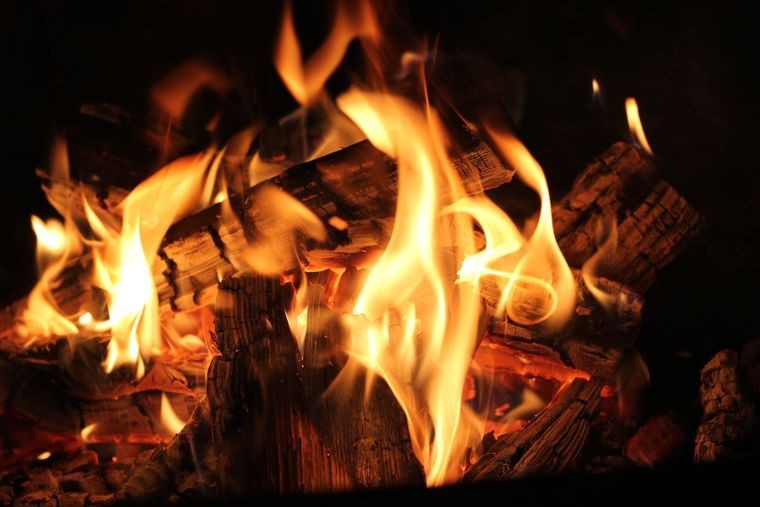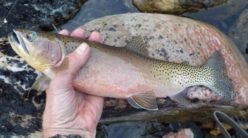With the weather getting warmer, it is now time to dust off the preparedness skills that have been getting stale during this winter.
One skill that is always good to continually work on is fire building. Staying warm is very important when you are faced with an emergency situation. It is better to have the skill and not need it, than need it and not be able to use it.
Building a fire hole: This method is quite simple and is easy to cook with and also stay warm. It basically consists of two holes. The “main” fire hole needs to be dug one foot deep and one foot in diameter. At the base of the hole, there needs to be a “chamber,” which will hold the pieces of wood. The second hole is the “airflow” hole which will connect with the fire hole and provide air to continually feed the fire. It only needs to be around a 1/2 foot in diameter. It should be angled toward the fire hole and upwind from it. This fire is great because it has little smoke, burns efficiently, cooks food quicker and lasts longer than the conventional fires.
Materials Needed: Tinder, Kindling and Fuel.
- Tinder is the smallest of the materials, which takes the initial spark to get the rest of the fire going. This could be anything from leaves, pine needles, dry grass, newspaper or basically anything that can catch a spark.
- Kindling is the inch-sized wood that is added to tinder to make the fire grow bigger and stay lit.
- Fuel wood is the largest of the three. You'll want all of your materials to be dry and in sizes that can burn for a while.
There are a few different shapes that you can put the wood into to have an efficient fire. The best choices to make a fire are the teepee or the log cabin. I have used both and they seem to work as well as the others.
Teepee: Place a handful of tinder, or dryer lint, in the middle of your ring (fire safe area). Arrange the kindling over the tinder in a teepee type structure. Light the tinder and as the tinder burns larger, the kindling will catch and then fall into the pile. Start adding the larger fuel into the pile and it will continue to burn.
Log Cabin: Create your tinder pile like you do with a teepee fire. Then, around the tinder pile, lay down your larger fuel into a square structure, alternating two by two. This funnels air into the fire and helps it burn better. When you are done with your fire, you can choke the fire out by smothering it with dirt. Always make sure you are leaving the fire pit area cold. People have left warm campfires, and unfortunately the wind picked up and it caused a major fire in the area. Do not leave unless you know it is out and cold.
Practice these skills often and you will have one less thing to worry about in emergency situations. You will keep your family warm, cook your food and feel a little more peaceful if you know you can create a fire effectively.
Emily Thornton is an English Teacher at Pocatello High School and is working on her Master’s Degree at Idaho State University.



